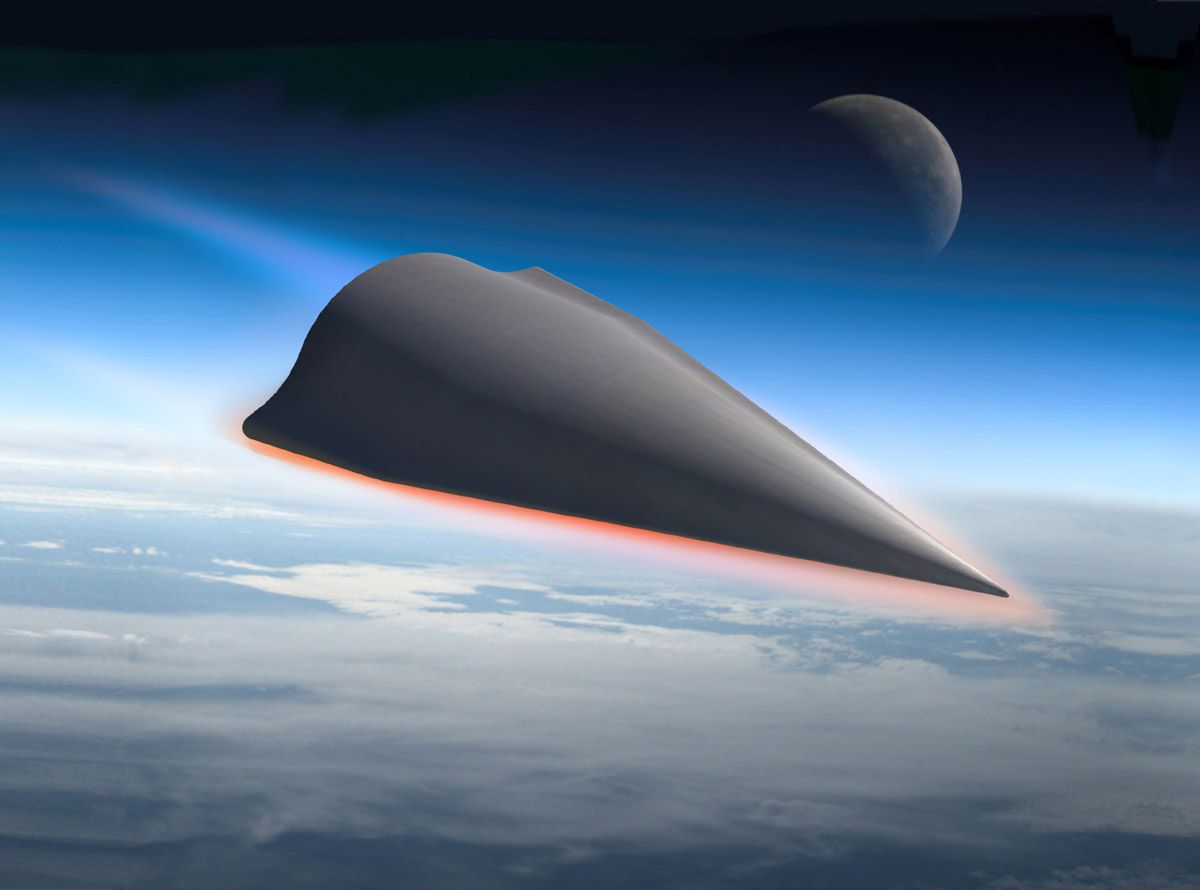I have been blogging lately about the threat of nuclear war. In the past few years, Russia has flown nuclear bombers through the airspaces of other countries and sailed nuclear submarines through the territorial waters of other countries. The Russian seizure of the Crimea and its support of rebels in eastern Ukraine have caused NATO and the U.S. to move troops and missiles into eastern European members of NATO in response. Russia has threatened to use tactical nuclear weapons against NATO if it is losing a conventional war in eastern Europe. Russia has mentioned the possibility of using nuclear warheads on cruise missiles in Syria if necessary to support the Assad regime. The U.S. and Russia have both been upgrading their nuclear arsenals as diplomatic relations between the two countries have been deteriorating even though some projects on both sides violate treaties on nuclear disarmament.
Russia, China and the U.S. have been working for decades of a technology called "boost glide." The basic idea is to use aerodynamic design to give warhead carrying air vehicles the ability to skip or glide through the upper atmosphere during reentry after launch into space to extend their ranges and give them maneuverability. The acronym MARV (maneuverable reentry vehicles) has been used for these vehicles. They are also referred to as "hypersonic" aircraft because they move at air speeds over five times the speed of sound or over Mach five. The Russian is making the development of these hypersonic aircraft a priority for its national defense strategy.
The Russians have been working for several years on the Yu-71 hypersonic MARV. It has a speed of seven thousand miles per hour. It has been successfully tested at least four times according to reports. It is claimed that this warhead platform is so fast and maneuverable that it should be able to penetrate the existing missile defenses of NATO. This means that it is possible that Russia would be able to deliver multiple nuclear warheads to a target with the launch of a single missile carrying Yu-71 vehicles. The Russians are developing the Sarmat intercontinental ballistic missile to carry up to twenty four of the Yu-71 nuclear warhead gliders. It is believed that Russia will be able to deploy Sarmat missiles with Yu-71 gliders by 2025.
It has been recently reported on a Russian website that Russia is working on a new hypersonic nuclear glider called the Yu-74. The new nuclear glider is supposed to be able to travel at speeds of up to seven thousand six hundred and eighty miles per hour. It would have the same ability as its predecessor, the Yu-71, to penetrate NATO missiles defense shields. It would also be carried by the new Sarmat missiles under development.
NATO is in the process of deploying a missile defense shield that will reach from Greenland all the way to the Azores islands. The Russians have been complaining that this missile shield upsets the strategic balance between Russia and NATO. The Yu series nuclear gliders and the Sarmat missiles are obviously the Russian counter move against the new missile shield.
Artist's Concept of a Yu-71 MARV:
